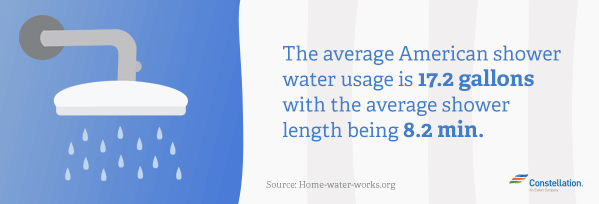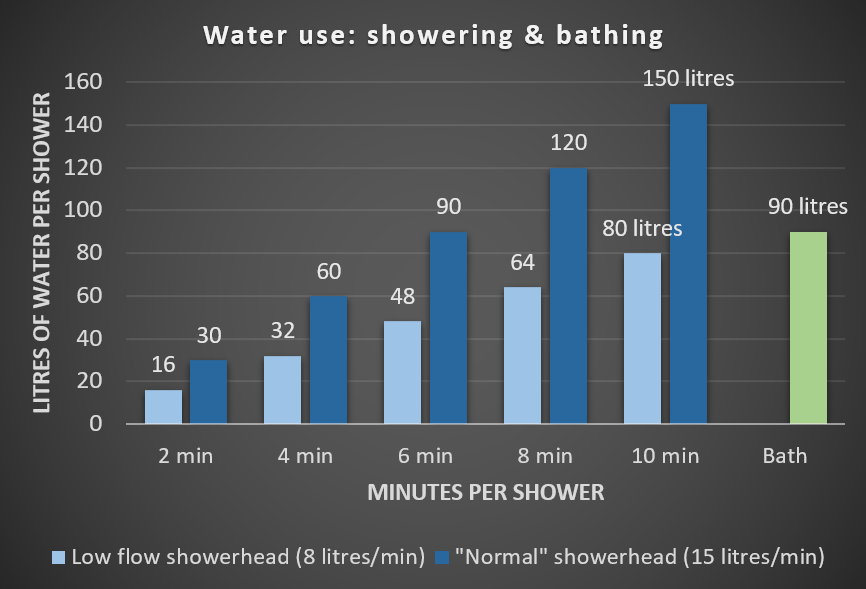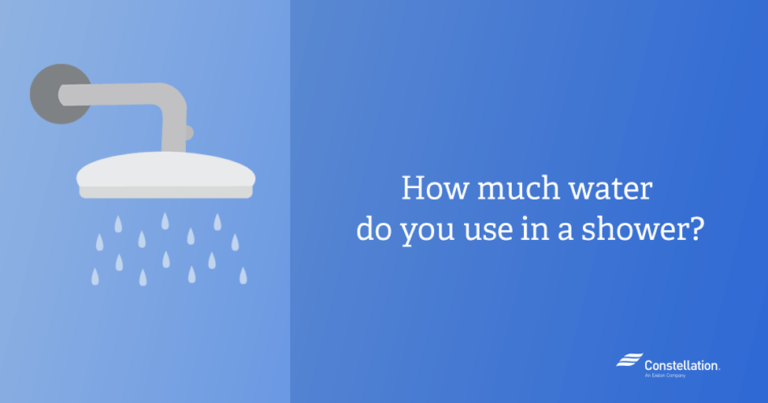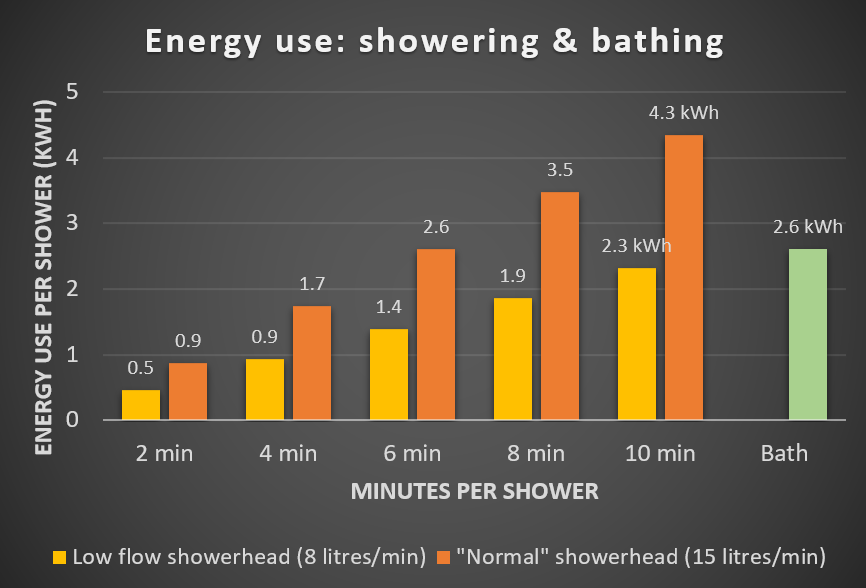How Much Water Do Showers Use
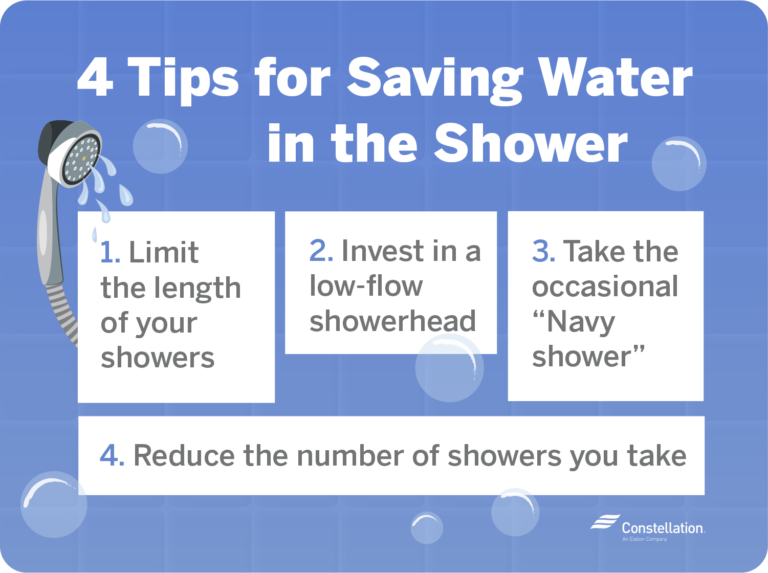
Frequently Asked Questions: How Much Water Do Showers Use?
Showers are a daily ritual for many, but have you ever stopped to consider how much water you're actually using? Understanding your shower's water consumption is crucial for water conservation, reducing your utility bills, and making informed choices about water-efficient fixtures. This FAQ addresses common questions about shower water usage.
Q1: How much water does a typical shower use?
The average shower in the United States uses 2.1 gallons of water per minute (GPM). This is based on the federal standard for showerheads, which mandates a maximum flow rate of 2.5 GPM. However, many older showerheads can use significantly more, sometimes exceeding 5 GPM. Therefore, a typical 8-minute shower uses approximately 16.8 gallons of water (2.1 GPM x 8 minutes). Keep in mind that the actual water usage will vary based on the showerhead's flow rate and the length of your shower.
Q2: How can I figure out how much water my shower uses?
There are a couple of ways to determine your shower's water usage:
- Check the showerhead for a flow rate label: Most showerheads manufactured after 1992 are required to have a label indicating the flow rate in gallons per minute (GPM). Look for this marking on the showerhead itself, often near the base or on the showerhead face.
- Perform a bucket test: If you can't find a label or suspect it's inaccurate, you can easily test the flow rate. Here's how:
- Get a bucket or container that you know the volume of (e.g., a 5-gallon bucket).
- Place the bucket under the showerhead.
- Turn the shower on at your usual pressure and let it run for a measured amount of time, such as 30 seconds.
- After 30 seconds, turn off the shower.
- Measure how much water is in the bucket.
- Calculate the flow rate: If the bucket filled with 2.5 gallons in 30 seconds, then your shower uses 5 gallons per minute (GPM). (2.5 gallons / 0.5 minutes = 5 GPM).
Q3: How does a low-flow showerhead help save water?
A low-flow showerhead is designed to use less water while still providing a satisfying shower experience. These showerheads typically use 1.5 to 2.0 GPM, significantly less than older, standard showerheads. This reduction in water usage translates directly into lower water bills and reduced water waste. The technology behind low-flow showerheads often involves aerating the water stream (mixing water with air) to maintain pressure and a consistent feel, even with less water being used. Investing in a low-flow showerhead is a relatively inexpensive and effective way to conserve water.
Q4: What other factors affect shower water consumption besides the showerhead?
While the showerhead is a primary factor, several other elements influence how much water you use in the shower:
- Shower duration: The longer you shower, the more water you use. Shortening your showers by just a few minutes can make a significant difference in your overall water consumption.
- Water pressure: Higher water pressure can lead to a higher flow rate, even with a low-flow showerhead. If your water pressure is excessively high, consider installing a pressure regulator.
- Shower habits: Letting the water run while waiting for it to warm up wastes water. Capture this water in a bucket to use for watering plants or other household tasks. Also, avoid "zoning out" and extending your shower unnecessarily.
- Water heater efficiency: While the water heater itself doesn't directly control the shower's flow rate, an inefficient water heater can contribute to overall water waste if it takes longer to heat the water, leading to longer wait times and wasted water.
- Plumbing Leaks: Even small plumbing leaks can waste gallons of water. Make sure your pipes and connections are properly maintained.
Q5: How much money can I save by switching to a low-flow showerhead?
The potential savings from switching to a low-flow showerhead can be substantial, both for your wallet and the environment. The exact amount will depend on factors such as:
- Your current showerhead's flow rate: The higher the flow rate of your existing showerhead, the greater the potential savings.
- Your water usage habits: The more frequently and longer you shower, the more you'll save.
- The cost of water and sewer in your area: Water and sewer rates vary significantly from region to region.
- The cost of energy to heat the water: This depends on your energy source (e.g., natural gas, electricity) and the efficiency of your water heater.
However, we can illustrate a common scenario. Let's say you currently have a showerhead using 5 GPM and switch to a low-flow showerhead using 2.0 GPM. You shower for 8 minutes per day. You will reduce your water usage by 3 gallons per minute, and 24 gallons per shower (3GPM * 8 minutes). If you shower everyday, you will save 8,760 gallons a year (24 gallons * 365 days). Depending on how much you are charged per gallon of water, you may have a good return on your investment by switching to a low-flow showerhead.
Online water savings calculators can help you estimate your specific savings based on your individual circumstances.
Q6: Are there any drawbacks to using a low-flow showerhead?
While low-flow showerheads offer numerous benefits, some people may perceive certain drawbacks, though these are often addressed by modern technology:
- Reduced water pressure: Older low-flow showerheads sometimes had noticeably weaker water pressure. However, modern low-flow showerheads often use aeration and other technologies to maintain a strong, satisfying spray even with reduced water flow.
- Initial cost: While low-flow showerheads are generally affordable, they may have a slightly higher upfront cost than basic showerheads. However, the long-term water savings quickly offset this initial investment.
- Clogging: Some low-flow showerheads with complex spray patterns can be more prone to clogging with mineral deposits. Regular cleaning and maintenance can help prevent this issue.
Overall, the benefits of using a low-flow showerhead far outweigh any potential drawbacks, especially considering the significant water and cost savings they offer. Technological advancements have greatly improved the performance and user experience of these water-efficient fixtures.
Q7: Besides switching showerheads, what else can I do to reduce shower water consumption in a facility setting?
In a facility setting, several strategies beyond low-flow showerheads can be implemented to further reduce shower water consumption:
- Install shower timers: Timers can encourage shorter showers by providing a visual reminder of the time elapsed. This is especially effective in communal shower areas like gyms or dormitories.
- Educate users: Raise awareness about water conservation through posters, flyers, and other educational materials. Remind users to turn off the water while lathering and to take shorter showers.
- Consider shower monitors/controllers: These devices allow facility managers to track shower usage and identify potential water waste. Some systems can even automatically shut off the water after a certain time limit.
- Optimize water heating systems: Ensure water heaters are properly sized and maintained for optimal efficiency. Insulate hot water pipes to reduce heat loss and minimize the time it takes for hot water to reach the shower.
- Implement a leak detection and repair program: Regularly inspect shower fixtures and plumbing for leaks. Repair any leaks promptly to prevent water waste.
- Utilize greywater recycling systems: In some cases, it may be feasible to recycle greywater from showers for non-potable uses such as toilet flushing or irrigation. This can significantly reduce overall water consumption. (Important: Check local regulations before implementing a greywater system.)
- Promote mindful showering habits: Encourage people to be conscious of their water usage and to adopt water-saving practices in their daily routines.
By implementing a combination of these strategies, facilities can achieve significant reductions in shower water consumption, leading to lower water bills and a more sustainable operation.
By understanding your shower's water usage and implementing water-saving strategies, you can contribute to a more sustainable future while also saving money on your utility bills. Making informed choices about showerheads and shower habits is a simple yet effective way to make a difference.
